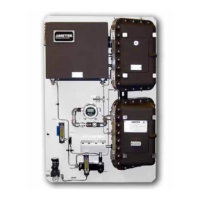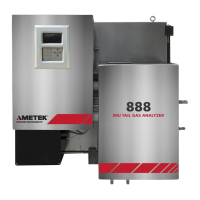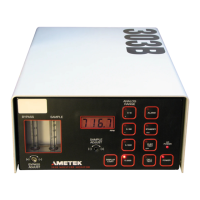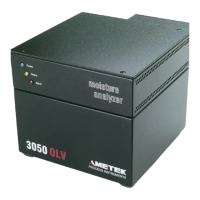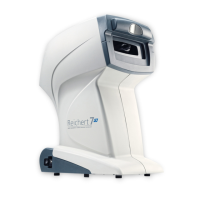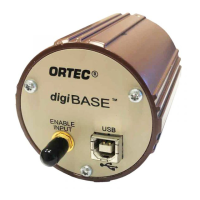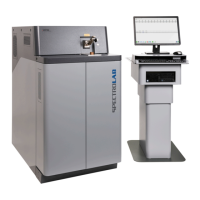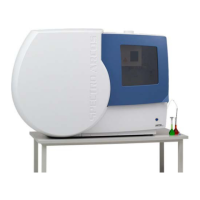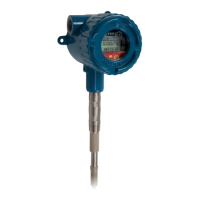Installation and Start-Up | 3-35
k. View the Status tab and check for alarms in the HC Scode and MC
Scode alarm lists. Temperature-related alarms should correct them-
selves after the analyzer has warmed up to normal operating temper-
ature. If any alarms remain active, see “Start-Up Diagnostic Checklist”
in this chapter or “Troubleshooting and Diagnostics” in Chapter 6 for
more information on how to correct alarms.
After all alarms have cleared, recheck the temperature of each
zone. Compare the current temperatures to their respective set-
point values and their start-up values (recorded earlier). Normal
operating temperatures are values that are within 5 % of the Set-
point values.
3. After all alarms have cleared, the analyzer will automatically perform
an Auto-Zero.
4. If all of the temperature zones have reached normal operating tempera-
tures and there are still no alarm conditions or other problems, perform
a pressure leak check on the analyzer sample system to ensure there are
no leaks (see “Sample System Leak Check” in this chapter). Then, return
to this section and complete the remaining steps.
5. After all of these checks have been made and verified, close the Up-
per/Lower Enclosures and tighten all M10 screws (9 ±1 Nm (80 in-lb)).
The sample gas should remain blocked in.
Use a soft, nonabrasive cloth to gently clean the joining areas (flame-
path) of the Upper and Lower Enclosures before closing them.
Replace the parts immediately if damage or wear is apparent. Contact
AMETEK immediately if there is any doubt about the integrity of any
flamepath.
6. Perform an Auto-Setup to optimize the PMT gains of the source
lamps. Information on how to do this is located in Chapter 6.
!
WARNING
!
CAUTION

